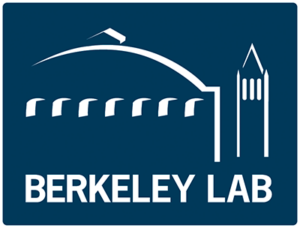Overview
The focus of National Well Composite Database Integration is to build a nationwide composite database that integrates disparate data and provides information that can be used to identify orphaned wells, UOWs, and wells that were previously undocumented but have since been documented through field or data validation methods. Specifically, undocumented orphan wells that are identified through methods such as historical record mining, magnetic surveys, etc., will be added to the database once confirmed by in person well confirmation checks.
Objective
The focus of National Well Composite Database Integration is to build a nationwide composite database that integrates disparate data and provides information that can be used to identify orphaned wells, UOWs, and wells that were previously undocumented but have since been documented through field or data validation methods. Specifically, undocumented orphan wells that are identified through methods such as historical record mining, magnetic surveys, etc., will be added to the database once confirmed by in person well confirmation checks.
Short Term Impact:
In year 1, the team built off work from the CO2-Locate database (Romeo et al. 2023), which has developed a baseline method and database schema for integrating geospatial well data from multiple, authoritative sources. Working with this baseline dataset, the team worked to further integration additional public well data resources from state and tribal regulatory authorities, as well review database attributes and ensure consistency with terms and standards being developed by WP5. The NETL team also began work to review state regulatory databases to identify any records that represent now verified UOWs and started outlining how these records can be documented within the database to meet the goals and objectives of this WP.
Long term impact:
The team will continue working on data collection, processing and integration to support future updates and release of wellbore data to assist with UOW efforts. The team has also begun designing and developing a web-based mapping application to provide access to and visualization of the composite well database, as well as support user-enabled filter, query, select, and download functions. An alpha version of this application is expected to be available for internal UOW WP teams to review and provide feedback on the application by the end of November 2023. Additionally, the team has begun working with other WP teams to identify related data collected or generated that can be added to the web mapping application as overlay layers (e.g., location of field verified wells, footprint of on-going field sampling and remote sensing efforts, predictive raster layer of undocumented wells, etc.). The NETL team will be working with these WP teams to continue to understand what future information or data might be produced from their field or analytics-based projects to better identify UOWs and use these conversations to continue to outline database integration schemas for capturing and presenting this information either directly within the integrated database or as associated data layers in the web mapping application for future work.
Accomplishments
Currently, the WP team has integrated more than 50 publicly available data resources, which provide more than 4 million well records. The team has also processed national well data from proprietary databases to provide derivative, spatial summaries for more than 4.6 million wells across the U.S., providing summaries related to wellbore spud dates, depth, status, etc. As of now, a subset of these data are available for public use and download through version 1 of CO2-Locate (Romeo et al., 2023; https://edx.netl.doe.gov/dataset/co2-locate). Version 1 database provides more than 2.1 million well records from public data sources, from Alaska, Alabama, Florida, New York, Pennsylvania, South Dakota, Utah, Virginia, and West Virginia, plus some national data from the Homeland Infrastructure Foundation-Level Data (HIFLD). The WP 8 team has since added ~2.5 million well data records. This includes the integration of databases from state regulators that relate to orphaned wells, including the USGS’ Documented Unplugged Orphaned Oil and Gas Well Dataset.
Research Products
TBD
Contacts
Jen Bauer
National Energy Technology Laboratory
Jennifer.Bauer@netl.doe.gov







